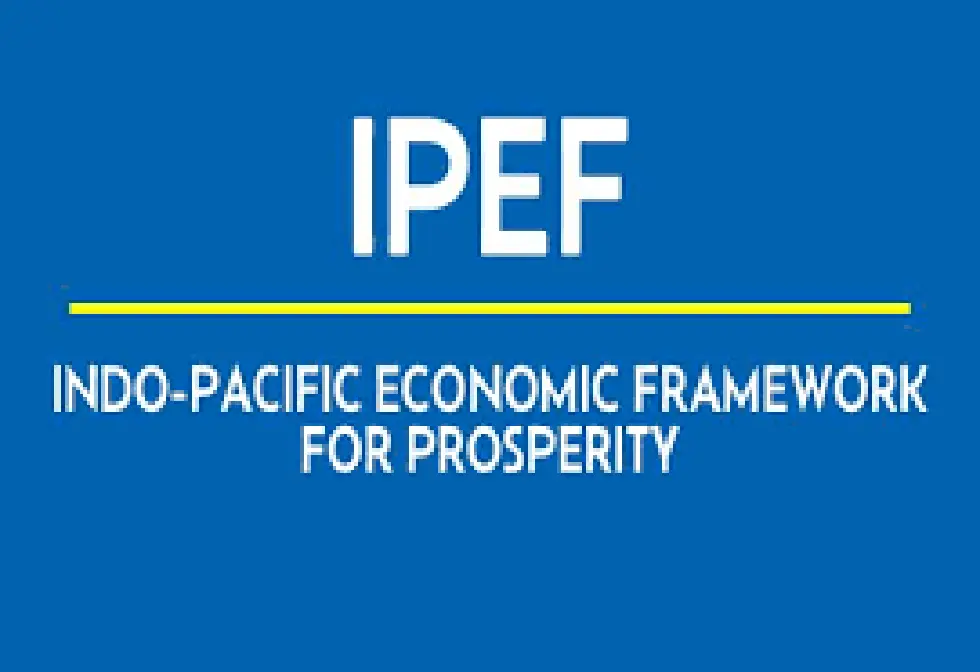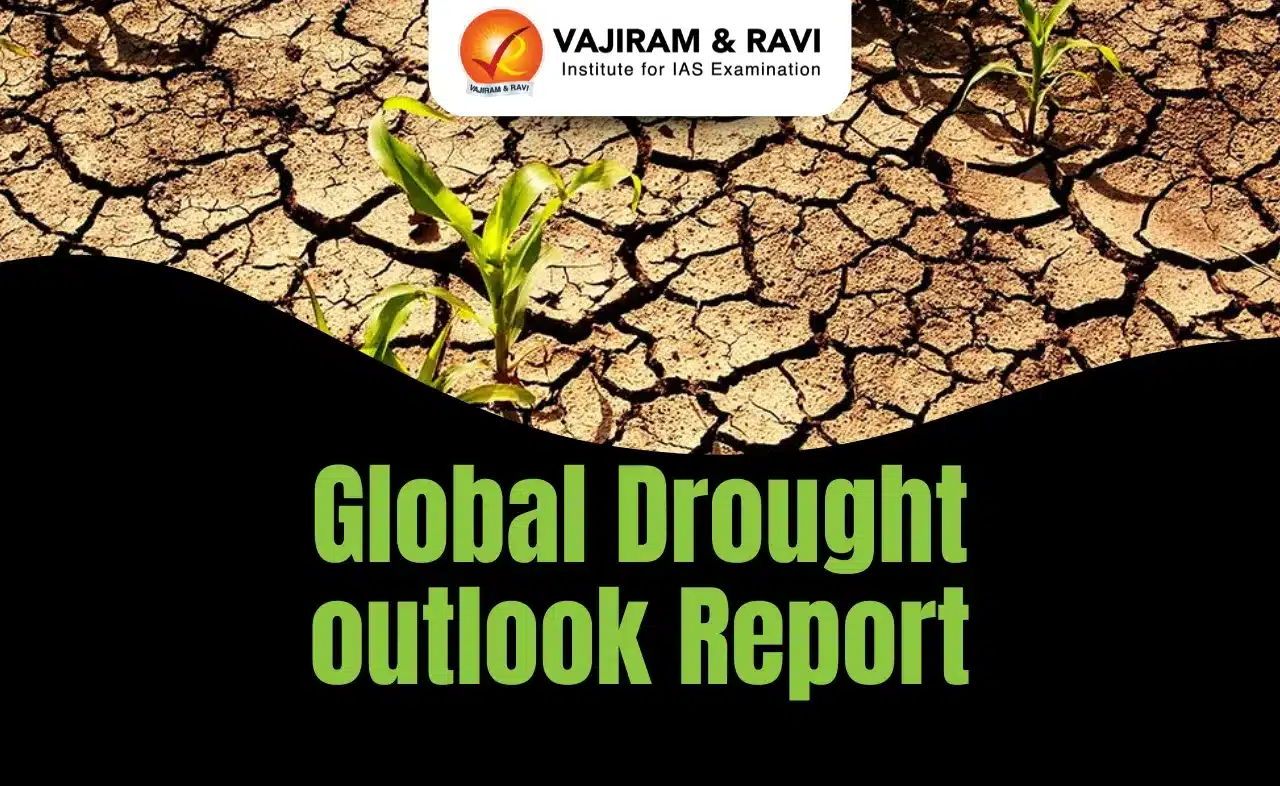About Indo-Pacific Economic Framework for Prosperity
- It is a regional arrangement to build cooperation and economic integration in the Indo-Pacific region.
- It was launched in May 2022.
- This framework is intended to advance resilience, sustainability, inclusiveness, economic growth, fairness, and competitiveness for member economies.
- IPEF will seek to complement and build on existing regional architecture and support the global rules-based trading system.
- Member countries: It has 14 regional partners – Australia, Brunei, Fiji, India, Indonesia, Japan, the Republic of Korea, Malaysia, New Zealand, the Philippines, Singapore, Thailand, the United States, and Vietnam.
- The economic framework broadly rests on four pillars: Trade, Supply chain resilience, Clean Energy, Decarbonization, and Infrastructure Taxes and anti-corruption measures
- The IPEF is not a Free Trade Agreement (FTA), but it allows members to negotiate the parts they want to.
- India and IPEF:
- India has been actively participating in the IPEF, but not in all pillars.
- India has decided to opt out of the trade pillar of the IPEF as most issues promoted by the IPEF do not align with India’s trade policies.
Q1) What is decarbonisation?
Decarbonisation is the term used for removal or reduction of carbon dioxide (CO2) output into the atmosphere. Decarbonisation is achieved by switching to usage of low carbon energy sources.
Last updated on June, 2025
→ UPSC Notification 2025 was released on 22nd January 2025.
→ UPSC Prelims Result 2025 is out now for the CSE held on 25 May 2025.
→ UPSC Prelims Question Paper 2025 and Unofficial Prelims Answer Key 2025 are available now.
→ UPSC Calendar 2026 is released on 15th May, 2025.
→ The UPSC Vacancy 2025 were released 1129, out of which 979 were for UPSC CSE and remaining 150 are for UPSC IFoS.
→ UPSC Mains 2025 will be conducted on 22nd August 2025.
→ UPSC Prelims 2026 will be conducted on 24th May, 2026 & UPSC Mains 2026 will be conducted on 21st August 2026.
→ The UPSC Selection Process is of 3 stages-Prelims, Mains and Interview.
→ UPSC Result 2024 is released with latest UPSC Marksheet 2024. Check Now!
→ UPSC Toppers List 2024 is released now. Shakti Dubey is UPSC AIR 1 2024 Topper.
→ Also check Best IAS Coaching in Delhi
























